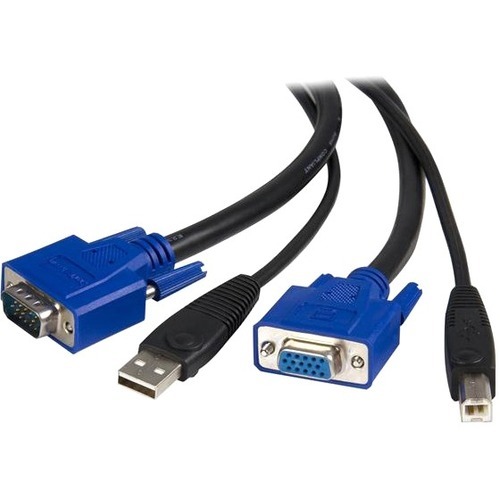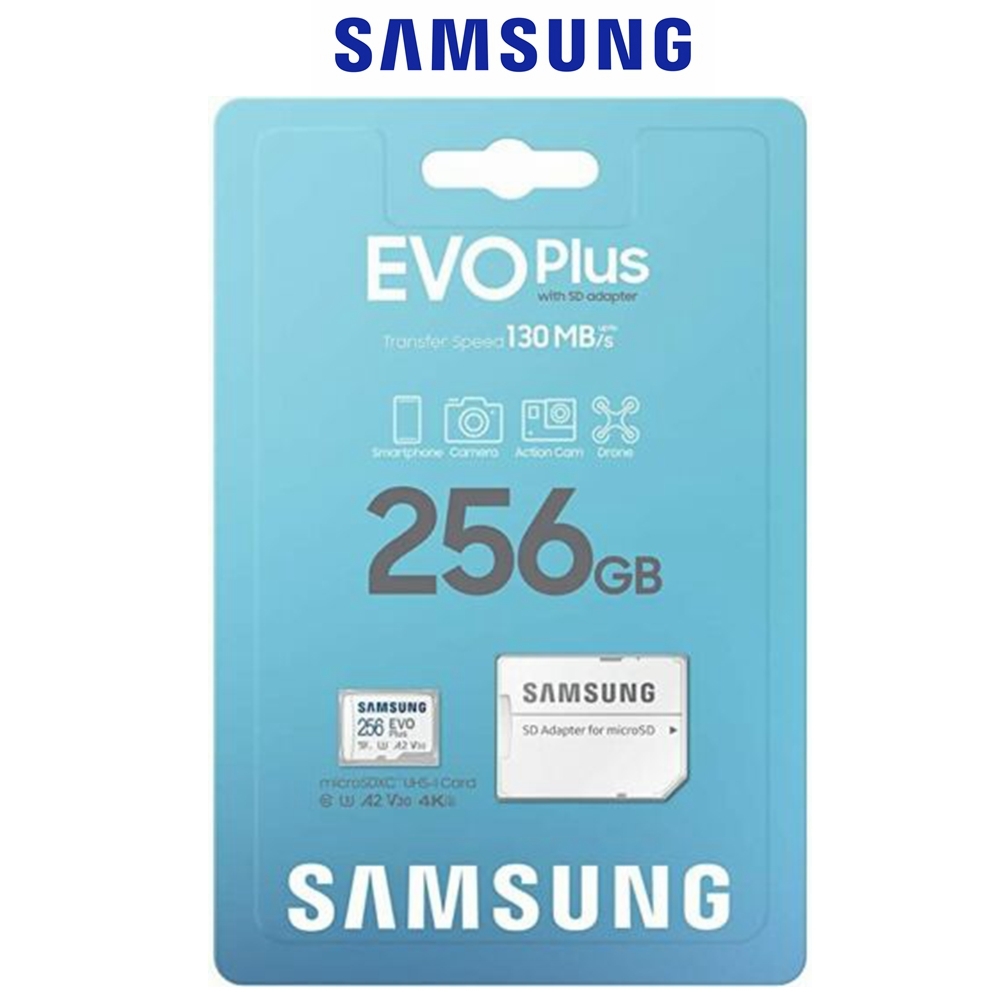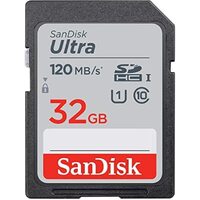A deep dive into the different types of video cables
In an ever-evolving technology sphere, connecting devices effectively is paramount, especially when building or upgrading a PC or GPU. Video cables are the unsung heroes that bridge your computer's graphics to your display, ensuring you get the best possible visual experience.
With a plethora of options available — ranging from the latest high-speed connectors to older yet still relevant interfaces — choosing the suitable cable can be a daunting task. This comprehensive guide will explore various types of video cables, including some obsolete but noteworthy ones, to help you make informed decisions for your setup.

The Classics: VGA and DVI
VGA (Video Graphics Array)
VGA is one of the oldest video cable standards, introduced in 1987 by IBM. It transmits analog signals and was the standard for video connections for many years.
Key Features
- Analog Signal: VGA carries analog signals, which can be susceptible to interference and signal degradation over long distances.
- Resolution Support: Typically supports resolutions up to 640x480, but with quality cables, it can handle higher resolutions, albeit with reduced clarity.
- Connector: 15-pin D-sub connector, usually coloured blue.
Relevance Today
While largely obsolete in modern setups, VGA ports are still found in some older monitors and projectors. Understanding VGA can be helpful when interfacing with legacy equipment.
DVI (Digital Visual Interface)
DVI was developed to succeed VGA, offering digital transmission for improved image quality. Introduced in 1999, it serves as a bridge between analog and digital signals.
Key Features
- Variations: DVI-D (digital only), DVI-A (analog only), and DVI-I (integrated, supports both digital and analog).
- Resolution Support: Up to 1920x1200 for single-link and 2560x1600 for dual-link connections.
- Connector: Larger than HDMI, with multiple pin configurations depending on the type.
Relevance Today
DVI is still in use, particularly in professional environments. It's a reliable option for high-resolution displays without the need for audio transmission.
The Modern Standards: HDMI and DisplayPort
HDMI (High-Definition Multimedia Interface)
Since its inception in 2002, HDMI has become the go-to cable for connecting a wide range of consumer electronics, including PCs, TVs, and gaming consoles.
Key Features:
- Digital Signal: Transmits uncompressed digital video and audio.
- Versions: Ranges from HDMI 1.0 to the latest HDMI 2.1, each supporting higher bandwidth and additional features.
- Resolution Support: HDMI 2.1 supports up to 10K resolution at 120Hz.
- Audio Support: Carries multi-channel audio, eliminating the need for separate audio cables.
- Connector Types: Standard HDMI (Type A), Mini HDMI (Type C), and Micro HDMI (Type D).
Relevance Today
HDMI is ubiquitous in modern devices, offering high-definition video and audio through a single cable. It's ideal for home entertainment systems and general PC use.
DisplayPort
Introduced by VESA in 2006, DisplayPort is designed to replace VGA and DVI, primarily in the computing world.
Key Features:
- High Bandwidth: Supports higher resolutions and refresh rates compared to HDMI in equivalent versions.
- Versions: DisplayPort 1.0 to the latest 2.0, with increased bandwidth and features like HDR support.
- Resolution Support: DisplayPort 2.0 can handle up to 16K resolution with HDR at 60Hz.
- Multi-Stream Transport (MST): Allows multiple displays to be connected through a single port (daisy-chaining).
- Connector Types: Standard DisplayPort and Mini DisplayPort.
Relevance Today
DisplayPort is favoured for high-performance computing setups, especially for gaming and professional graphics work, due to its superior bandwidth and support for advanced features.
Specialised Connections: USB-C and Thunderbolt
USB-C (Alternate Mode for Video Transmission)
USB-C is a versatile connector capable of data transfer, power delivery, and video output, depending on the implementation.
Key Features
- Reversible Connector: Ease of use with a reversible plug.
- Alternate Mode: Allows video transmission via protocols like HDMI and DisplayPort over USB-C.
- Compatibility: Widely adopted in laptops, tablets, and smartphones.
Relevance Today
USB-C is becoming increasingly common, offering a one-cable solution for power, data, and video. Ideal for minimalist setups and portable devices.
Thunderbolt
Developed by Intel and Apple, Thunderbolt combines PCI Express (PCIe) and DisplayPort signals, enabling high-speed data and video transmission.
Key Features
- High Bandwidth: Thunderbolt 3 and 4 support up to 40Gbps.
- Daisy-Chaining: Connect multiple devices through a single port.
- Connector: Uses the USB-C form factor but with Thunderbolt-specific capabilities.
Relevance Today
Thunderbolt is prevalent in high-end laptops and workstations, offering unparalleled data and video performance, suitable for professional applications requiring fast storage and high-resolution displays.
The Obsolete but Not Forgotten: Composite, S-Video, and Component
While modern digital interfaces dominate today's connectivity landscape, understanding older analog is valuable for anyone dealing with legacy equipment or seeking comprehensive knowledge of video technology evolution.
Composite Video
Introduced in the 1950s, this is one of the earliest methods of transmitting video signals. It combines all video information —brightness, colour, and synchronisation — into a single analog signal. This simplicity made it a standard for connecting devices like VHS players, early gaming consoles, and standard-definition televisions for decades.
S-Video
S-Video, short for Separate Video, emerged in the 1980s as an improvement over composite video. By separating the video signal into two distinct components, S-Video offers better image quality, making it a popular choice for devices like Super VHS (S-VHS) players, early digital camcorders, and high-end gaming consoles.
Component Video
Component video represents a significant advancement in analog video quality. Dividing the video signal into three separate components further minimises interference and allows for high-definition transmission. Component video became prevalent in the late 1990s and early 2000s, serving as a bridge between analog and digital video eras.
Understanding Cable Specifications and Versions
Beyond knowing the different types of video cables, it's crucial to understand the specifications and versions that define their capabilities. This knowledge ensures optimal performance and compatibility with your devices.
Bandwidth and Resolution
Bandwidth determines the amount of data a cable can transmit per second. Higher bandwidth supports higher resolutions, refresh rates, and additional features like HDR (High Dynamic Range). Meanwhile, resolution support is the maximum resolution and refresh rate a cable can handle, depending on both the cable's bandwidth and the version specifications.
Examples
- HDMI 1.4: Supports up to 4K at 30Hz.
- HDMI 2.0: Supports up to 4K at 60Hz, with increased colour depth and HDR support.
- HDMI 2.1: Supports up to 10K at 120Hz, with features like Variable Refresh Rate (VRR), Auto Low Latency Mode (ALLM), and enhanced eARC for audio.
- DisplayPort 1.2: Supports up to 4K at 60Hz.
- DisplayPort 1.4: Supports up to 8K at 60Hz with Display Stream Compression (DSC).
- DisplayPort 2.0: Supports up to 16K at 60Hz or 8K at 120Hz without compression.
Compatibility
- Device Limitations: Ensure both your source (e.g., GPU) and display (e.g., monitor) support the identical versions to utilise full capabilities.
- Cable Quality: Lower-quality or older cables might not support higher bandwidths, leading to reduced resolutions or refresh rates.
Tips for Choosing the Right Video Cable
Selecting the appropriate video cable involves more than just matching connectors. Here's a comprehensive guide to help you make the best choice for your specific needs.
1. Assess Your Needs
Resolution and Refresh Rate Requirements
- Standard Use: For everyday tasks and standard-definition content, cables supporting up to 1080p at 60Hz (e.g., HDMI 1.4) may suffice.
- High-Performance Needs: For gaming, graphic design, or video editing requiring 4K resolution, high refresh rates, or HDR, opt for cables that support HDMI 2.0/2.1 or DisplayPort 1.4/2.0.
Audio Transmission
- Integrated Audio: If you need to transmit audio and video through a single cable (common with HDMI and DisplayPort), ensure the cable and devices support audio passthrough.
- Separate Audio Solutions: For cables like DVI and VGA, plan for an additional audio connection if sound is necessary.
2. Check Compatibility
Identify Available Ports
- Source Device: Look at the output options on your GPU or laptop (e.g., HDMI, DisplayPort, USB-C).
- Display Device: Check the input options on your monitor or TV.
3. Be Mindful of Versions and Standards
- Matching Versions: Use cables that match or exceed the version supported by your devices to utilise all features.
- Backward Compatibility: Newer cables are generally backward compatible but may not enable advanced features when connected to older devices.
4. Plan for Future Upgrades
- Future-Proofing: Selecting cables that support higher resolutions and refresh rates than you currently need can save money and hassle when upgrading devices.
- New Standards: Stay informed about upcoming standards (e.g., HDMI 2.1) to make informed decisions that keep your setup relevant longer.
5. Quality Matters
- Materials and Build: High-quality cables with better shielding and connectors reduce signal loss and electromagnetic interference.
- Durability: Robust cables withstand wear and tear, especially if they will be plugged and unplugged frequently.
6. Length Considerations
- Optimal Length: Use the shortest cable necessary to reduce signal degradation.
- Long-Distance Transmission: For cables longer than 5 metres (approximately 16 feet), consider active cables or signal boosters to maintain signal integrity.
Explore Our Catalogue of Video Cables
At Flash Trend, we stock high-quality video cables and adapters that meet the demands of modern technology while accommodating legacy equipment. Our extensive selection ensures you'll find the perfect solution for your connectivity needs.
We offer products from leading manufacturers known for reliability and performance. Our cables are built to last, featuring robust materials and superior shielding to minimise interference. Many of our cables come with industry-standard certifications, ensuring they meet or exceed performance benchmarks.
Visit our video cables section to explore our full range of products. If you're unsure which cable or adapter is right for you, don't hesitate to contact us for expert guidance.








